Hey, guys, today’s post is about Sigma lenses for Canon & what is the best Sigma lenses for Canon mount.
Best Sigma lenses for Canon
1-Sigma 17-50 mm f 2.8 EX DC OS HSM– Canon Fit
Specifications:
[usr 4.5]
- For Canon DSLRs with APS-C Size Sensors
- 4 Stops of Anti-Shake (OS) Compensation
- An aperture of f/2.8 throughout Zoom Range
- Accepts 77 mm Filters
- Ultra-Compact (Only 3.6″, 91.8 mm Long)
- Multi-Layered Lens Coating
- Excellent Correction for Aberrations
- Hyper-Sonic Motor for Quiet/Fast AF
- Close Focusing Distance of 11″ (28 cm)
- Weighs Only 19.9 oz (565 g)
This lens provides an effective field of view 27-80 mm for Canon & the most advantage of this lens that it has a fixed maximum aperture & optical image stabilization.
Compatibility:
Canon (APS-C)
Pros:
- Sharpness: offers a very sharp image at the center throughout its zoom range.
- Auto Focus: Fast & a little noisy.
- Macro: The lens offers 0.2 x magnification & minimum close-focusing distance of 28 cm
Cons:
- Distortion: as with most of the wide-angle zoom lenses, when zoomed to wide you get distortion, but in the center of the image there is no distortion, at 17 mm f/2.8 you will get the “worst” softness at the image corners.
Alternatives lenses:
Sample photos captured by Sigma 17-50 mm:
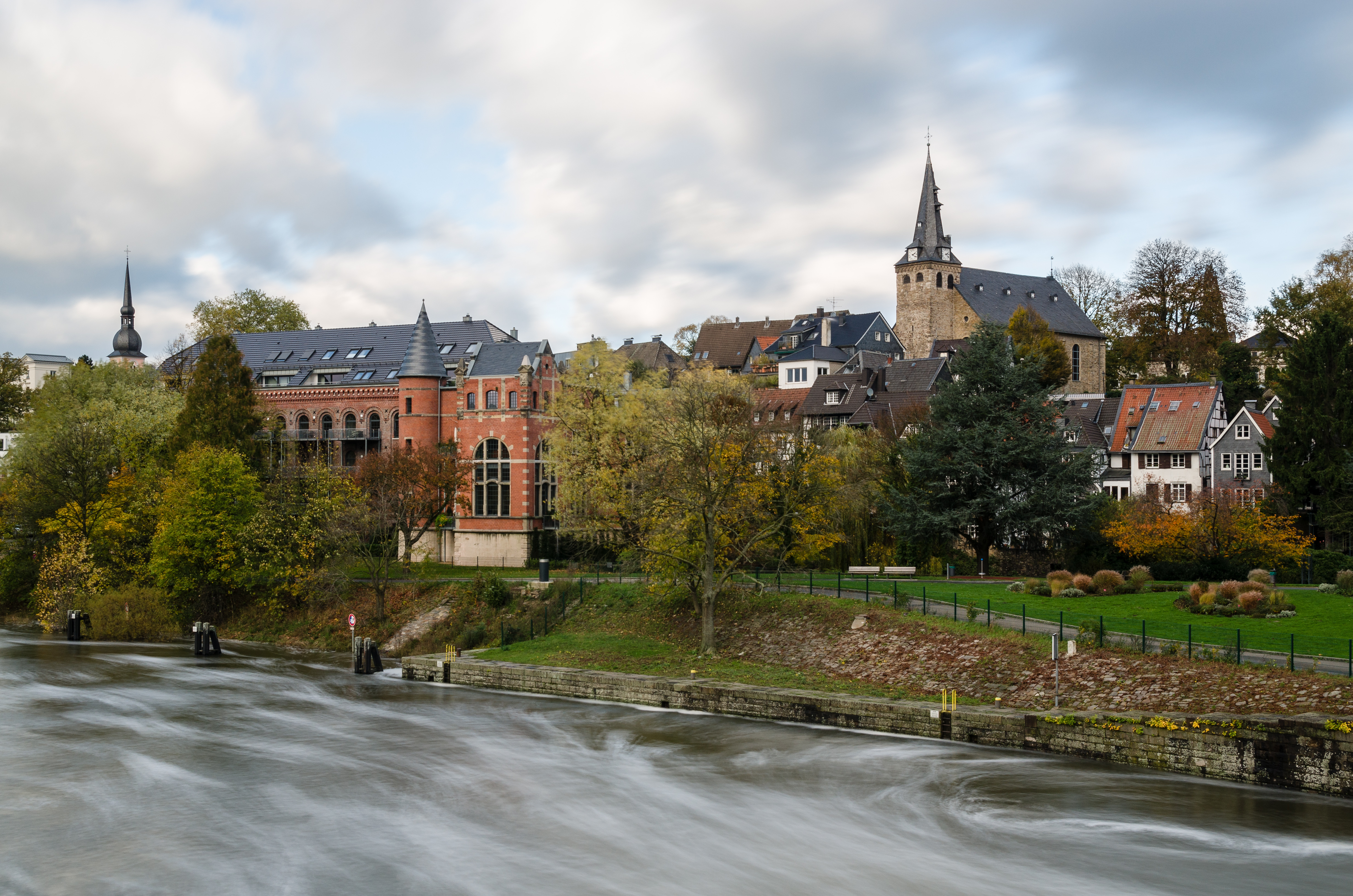

17 mm, 1/50 s, f/7.1, ISO 100
You can get the lens from here: Amazon.com
2-Sigma 50 mm f 1.4 DG HSM A – Canon Fit
Specifications:
[usr 4.8]
- Aperture Range: f/1.4 to f/16
- One Molded-Glass Aspherical Element
- Three Special Low Dispersion Elements
- Super Multi-Layer Coating
- Floating System & Large Diameter Design
- Hyper Sonic AF Motor
- Rounded Nine-Blade Diaphragm
- Thermally Stable Composite Material
- Brass Bayonet Mount
- Compatible with Sigma USB Dock
This lens is a pro-level performer for full-frame DSLRs, it can be used to shoot portraits, landscapes & studio works, it also gives you perfect blurry background because of it’s large-aperture F/1.4.
Compatibility:
35 mm Film / Full-Frame Digital Sensor
Pros:
- Sharpness: This lens is extremely sharp, at 50 mm F/1.4 you get very flat blur characteristics
- Focusing Operation: Fast, quiet, also it has a manual focus option & The focus ring moves in a very smooth way
- Distortion: in Sigma 50 mm F/1.4 the distortion is near to zero
Cons:
- Macro: This lens is not designed for macro shots, as its maximum magnification is 0.18 x (1:5.6) and a minimum close-focusing distance of around 40 cm (1.3 ft.)
Alternatives lenses:
Sample photos captured by Sigma 50 mm:


You can get the lens from here: Amazon.com
3-Sigma 18-35mm f 1.8 DC HSM Lens – Canon Fit
Specifications:
[usr 5]
- Aperture Range: f/1.8-16
- Fast Constant Maximum Aperture
- Designed for APS-C-Sized Sensors
- 35mm Equivalent Focal Length: 28.8-56mm
- Hyper Sonic AF Motor
- Internal Focusing and Zoom Design
- Four Aspherical & 5 SLD Glass Elements
- Super Multi-Layer Coating
- Canon EF Lens Mount
- Compatible with Sigma USB Dock
Sigma 18-35mm is a wide-angle lens with standard zoom designed for crop sensor cameras, The thing that makes this lens special is its wide aperture F/1.8 which will enable you to shoot in dark places & also creates amazing depth of field which makes it unique among its competitors.
Compatibility:
Canon (APS-C).
Pros:
- Sharpness: This lens is wonderfully sharp, it also beats many prime lenses in its focal length range.
- Autofocus: very fast autofocus lens, also AF motor almost silent.
- Build quality: The build quality of this lens is amazing.
Cons:
- Image stabilization: This lens doesn’t have IS, however, it’s not a big deal as the wide aperture F/1.8 helps compensate for that allowing shutter speed to be twice as fast in low light places.
- Weight: The lens is a little heavier with 811 grams.
Alternatives & Prices:
Sample photos captured by Sigma 18-35 mm

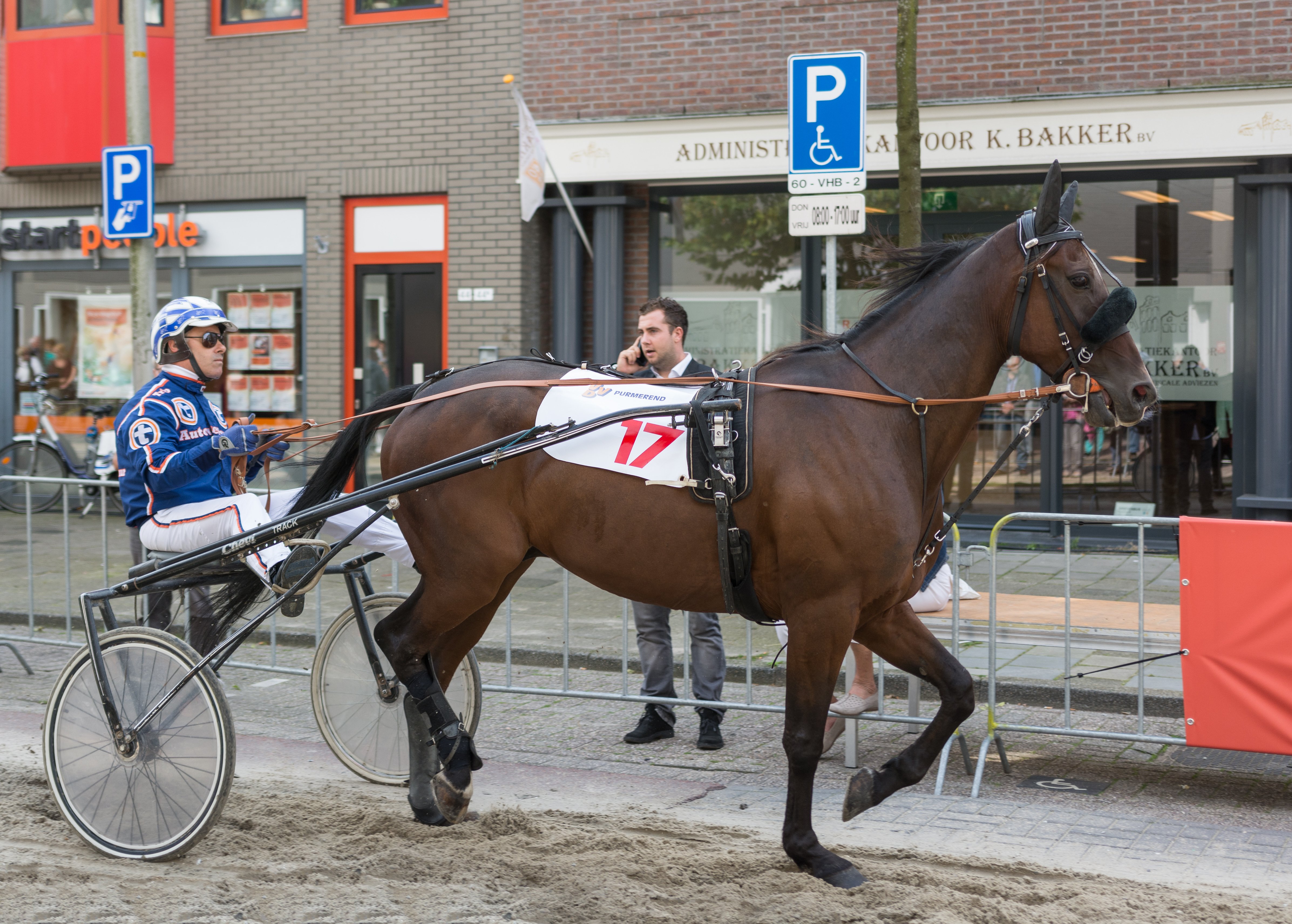
You can get the lens from here: Amazon.com
4-Sigma 8-16mm f4.5-5.6 DC HSM Lens – Canon Fit
Specifications:
[usr 4.5]
- Equiv. to Approx. 12-24mm in 35mm Format
- 75.5-114° Angle of View
- 9.4″ (24cm) Minimum Focus Distance
- Well-corrected for Distortions
- FLD Elements Correct Color Aberrations
This lens is not a constant lens which means that if you increase the focal lens the aperture opening decreases as mentioned in the title If your focal length 8mm, the maximum aperture can be F/4.5 but if your focal length 16mm, the maximum aperture you can get is F/5.6.
Compatibility:
Canon (APS-C)
Pros:
- Sharpness: Like most of the wide lenses it gives amazing sharpness images.
- Auto Focus: The lens focuses fast & quite silent.
- Lightweight: not a heavy lens just about 555 grams.
Cons:
- Distortion: As most of the ultra-wide lenses especially that is below 13mm the distortion effect is predominantly barrel.
- Macro: Actually if you are planning to shoot macro this lens will be a bad choice because it’s not designed for macro photos with just 0.13x magnification.
Alternatives & Prices:
Sample photos captured by Sigma 8-16 mm:


You can get the lens from here: Amazon.com
5-Sigma 24-70mm f/2.8 IF EX DG HSM-Canon fit
Specifications:
[usr 4.9]
- Focal Length: 24 – 70mm
- Aperture: Maximum: f/2.8 Minimum: f/22
- Minimum Focus Distance: 1.25′ (38.10 cm)
- An angle of View: 84.1° – 34.3°
- Magnification: 0.18x
- Filter Thread: 82mm
Actually, this lens is my favorite lens & I am using it always for capturing different types of photos like landscape, portrait & also I am using it for street photography.
Compatibility:
35mm Film / Full-Frame Digital Sensor Canon (APS-C)
Pros:
- Sharpness: produces very sharp images.
- Auto Focus: The hypersonic motor (HSM) ensures a quick & silent motor focus, also for manual focus.
- Value of money: compared to Canon lens 24-70 mm f/2.8 which is around $ 1,829
Cons:
- weight: 790 grams, a little heavy but for me, it’s not a big deal.
Alternatives & Prices:
Sample photos captured by Sigma 24-70 mm:

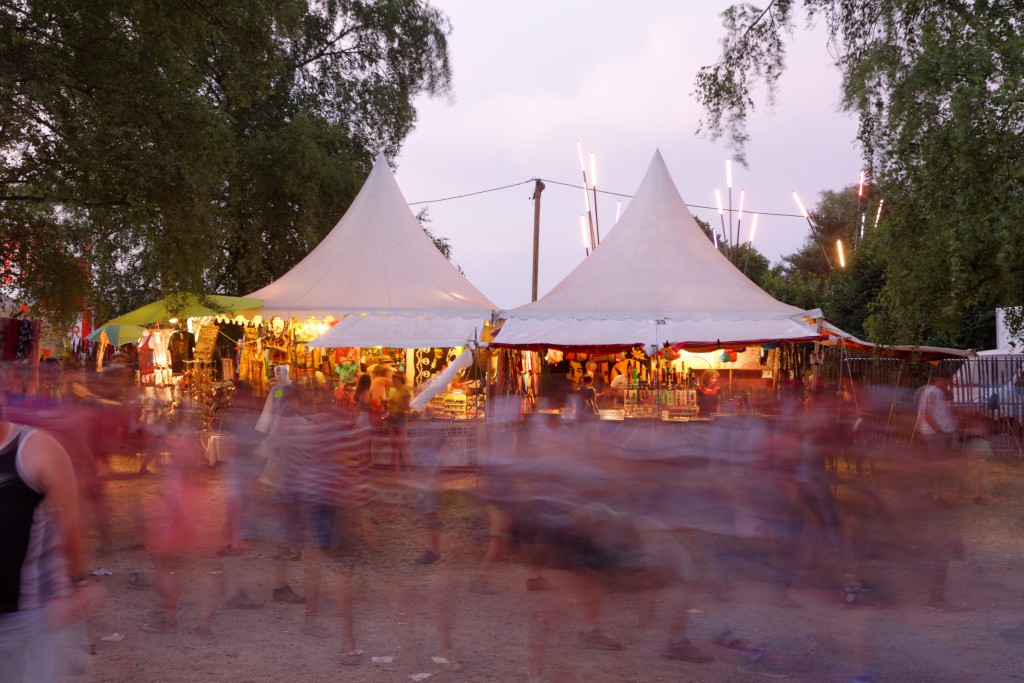
You can get the lens from here: Amazon.com
Thanks for reading, if you have any questions just post below & I will be happy to answer you 🙂
If you enjoy the site, don’t forget to subscribe, we will only inform you when a new article is posted.

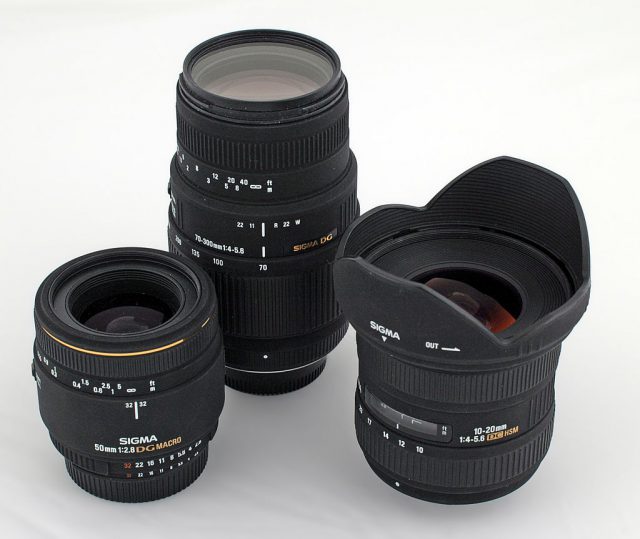


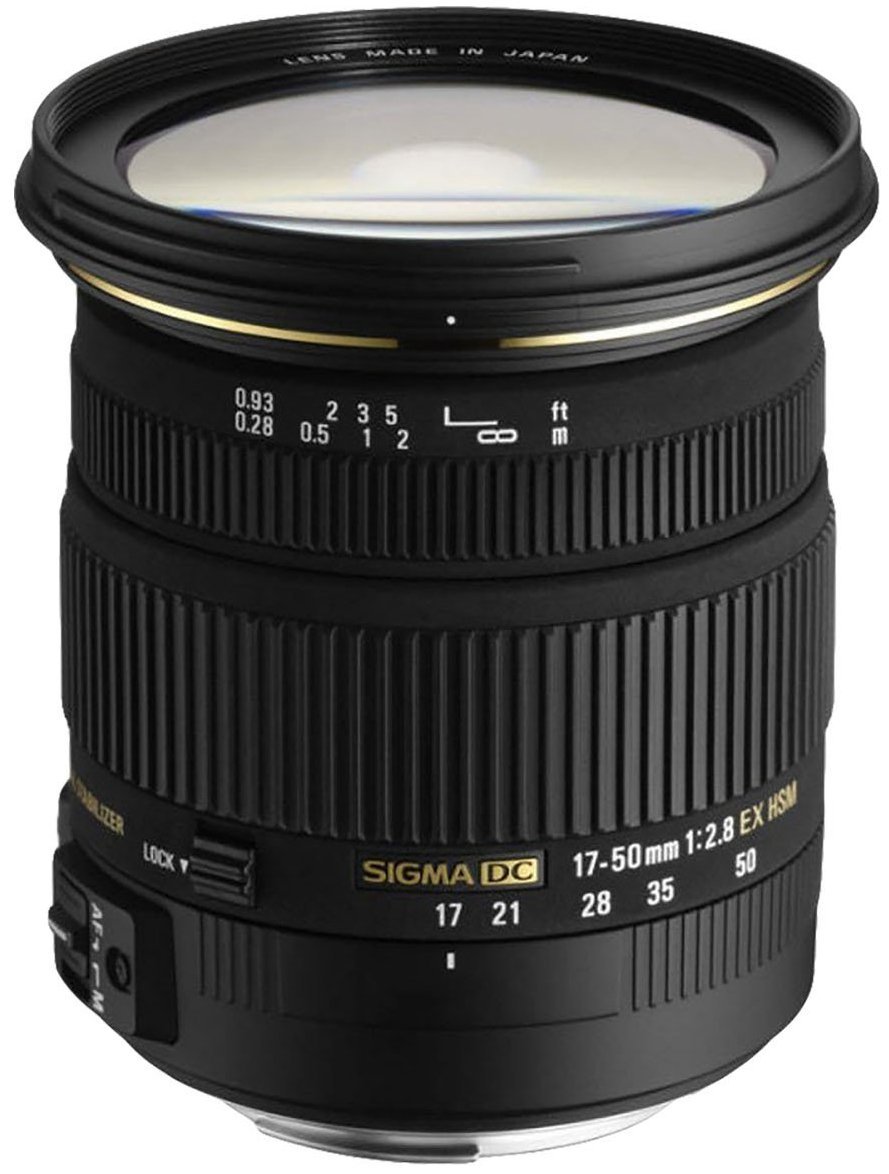
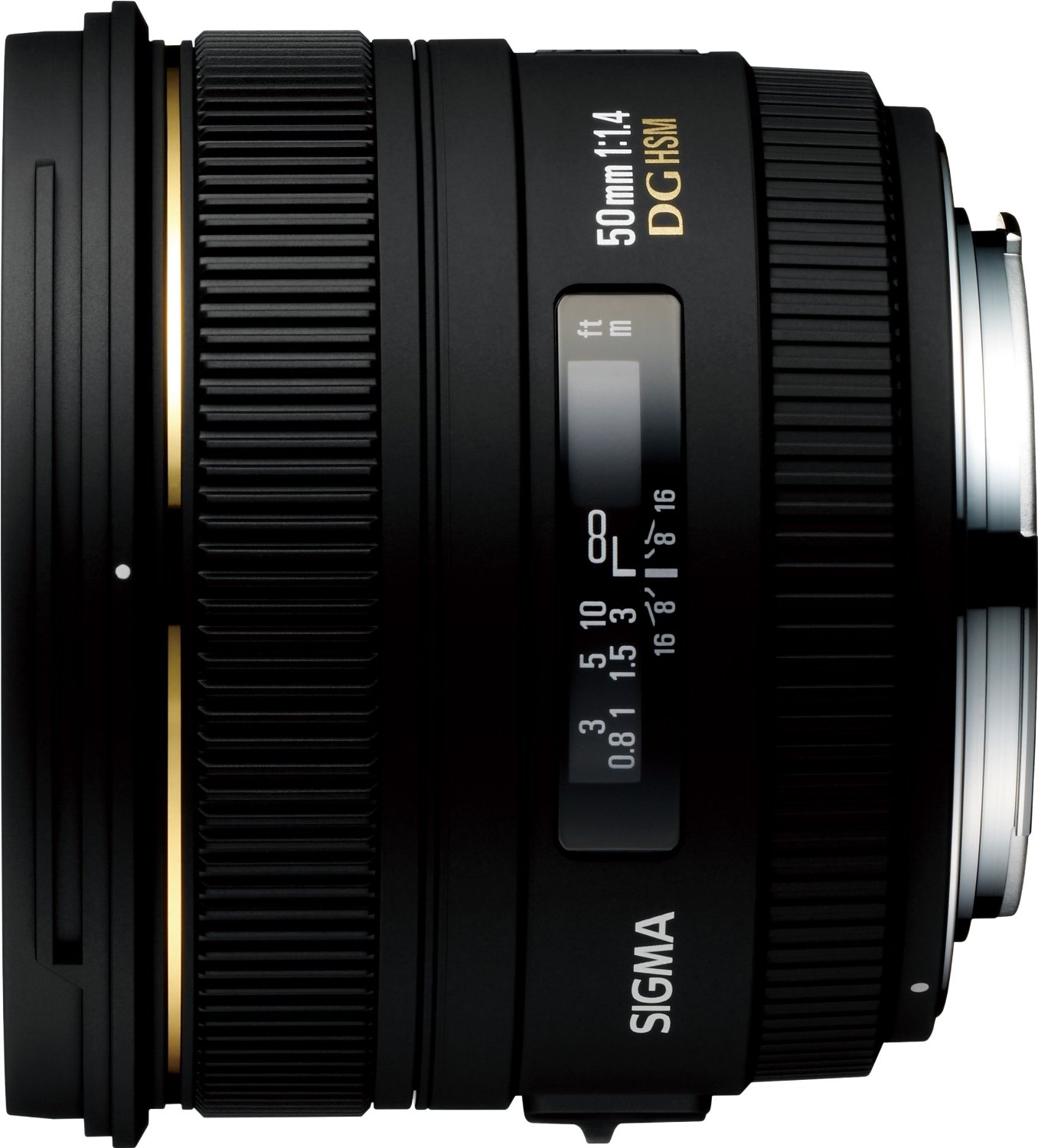

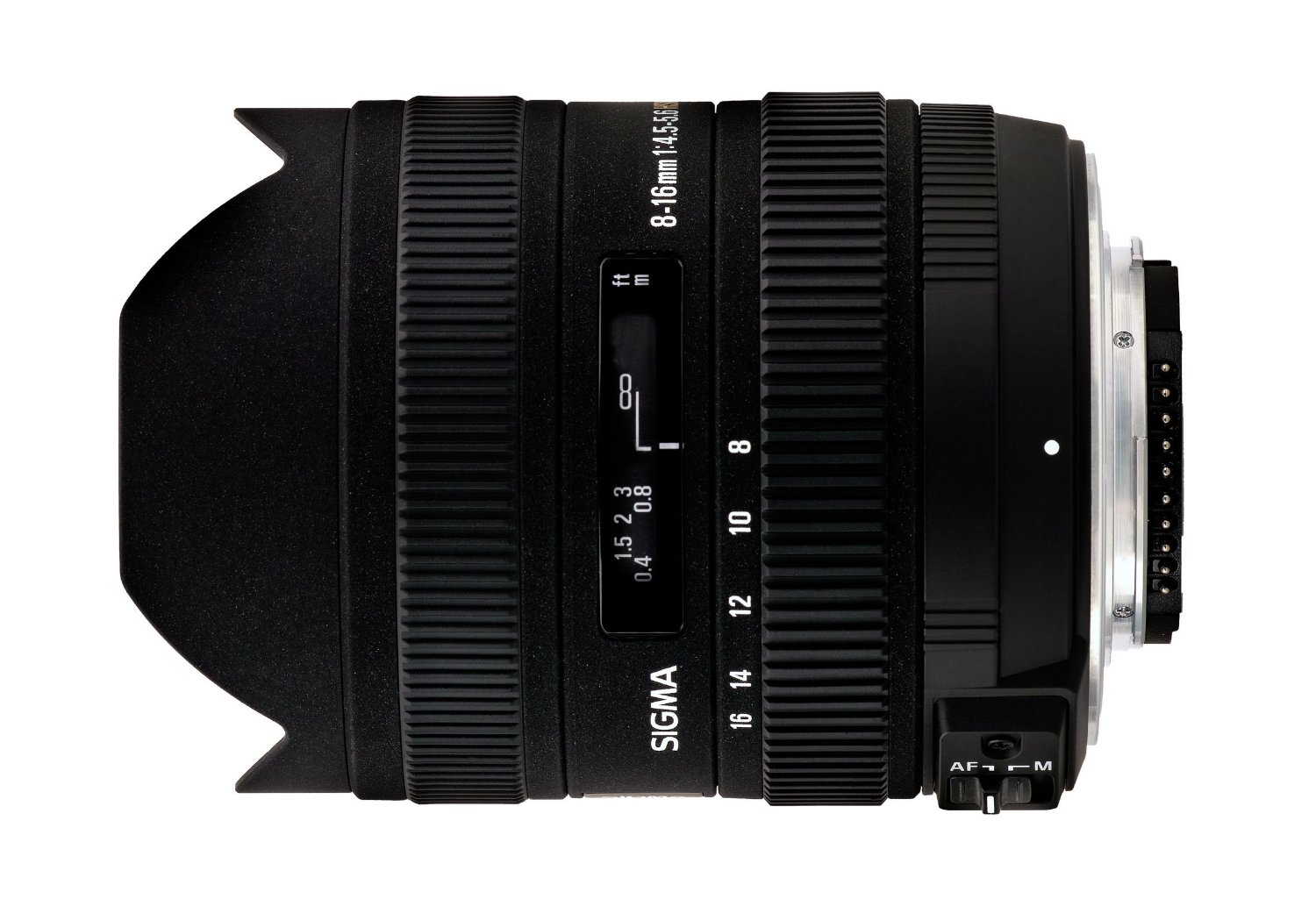






Great review post Ehab! Awesome looking pictures! I do have a question. In the first picture, the white swirling on the water, is that a lens effect? I have seen that with several other pictures online of running water but not all the time. I know I have never seen water look like that in person, so I am assuming it is a lens effect. If it is a lens effect, how is it done?
Hello Robert, thanks for dropping by,yes you are right this is a technique named long exposure if you checked the image details you will find that the shutter speed is 10 sec. so the curtain opened for 10 sec which gives water that “silky” look :), if you shoot water at fast shutter speed the water will show like it is not moving & stable but as you slow the shutter speed (long exposure) that will give the water a sense of movement.
I should have figured that because I used to like to take photos at night with a long shutter speed to make the car lights streak. Sort of same principle. Thanks!
Yes Robert, it’s the same technique but take care may be you will need to use a Neutral density filter as if you used long shutter speed in the morning the photo will be over exposed but with the neutral density filters you will be able to reduce the light entering the lens & use long shutter speed without getting the image to be over exposed.